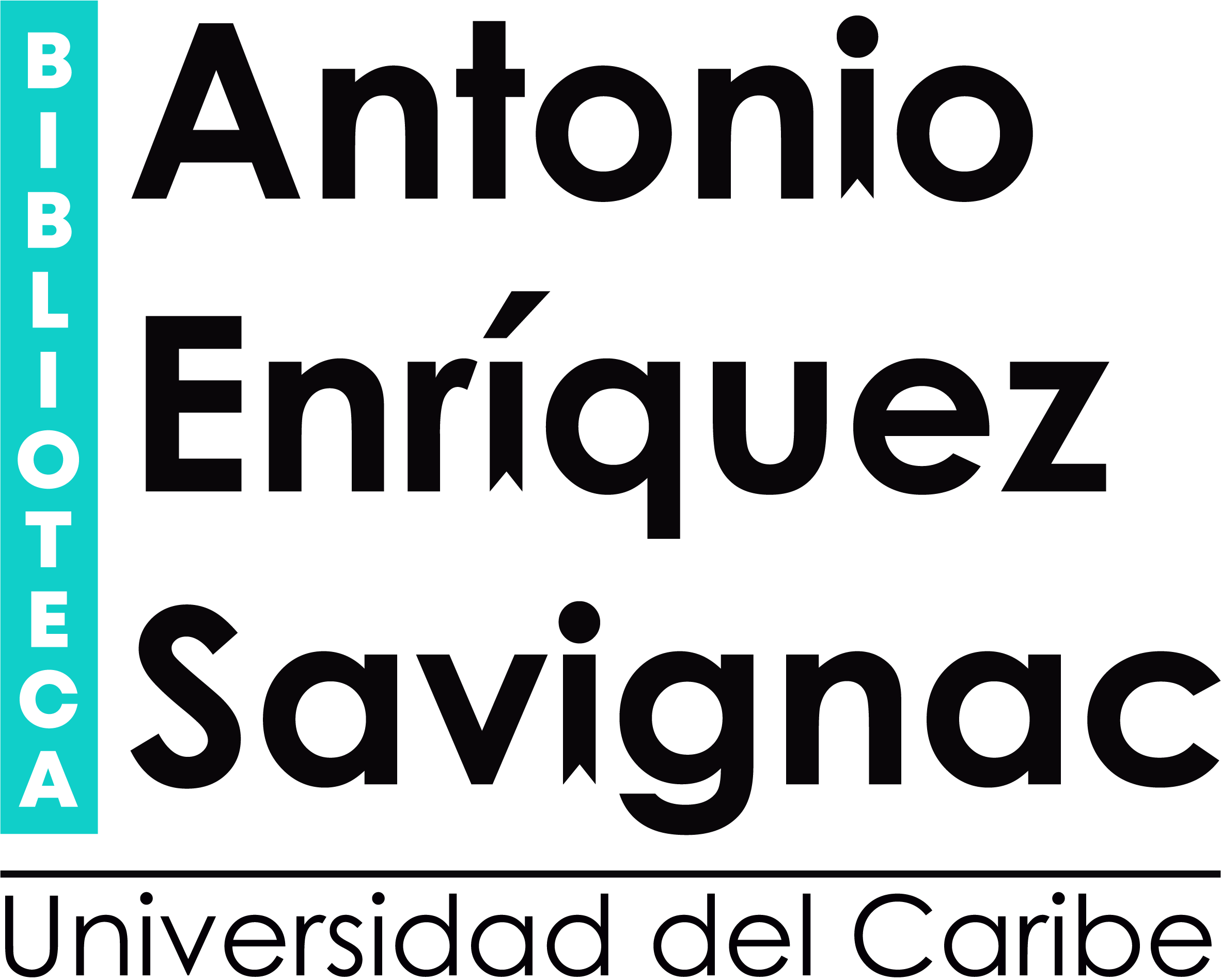TRIZ. Theory of Inventive Problem Solving : Level 1 / Vladimir Petrov.
Material type: TextLanguage: English Publisher: Cham, Suiza : Distributor: Springer International Publishing : Copyright date: ©2019Edition: 1a ediciónDescription: xvi, 221 páginas : ilustraciones, fotografías, tablas ; 24 x 16 cmContent type:
TextLanguage: English Publisher: Cham, Suiza : Distributor: Springer International Publishing : Copyright date: ©2019Edition: 1a ediciónDescription: xvi, 221 páginas : ilustraciones, fotografías, tablas ; 24 x 16 cmContent type: - texto
- sin medio
- volumen
- 9783030042530
- 620.0042 23
- TA 174 P497 2019
| Item type | Current library | Home library | Collection | Call number | Copy number | Status | Notes | Date due | Barcode | Item holds | |
|---|---|---|---|---|---|---|---|---|---|---|---|
 Libros para consulta en sala
Libros para consulta en sala
|
Biblioteca Antonio Enriquez Savignac | Biblioteca Antonio Enriquez Savignac | COLECCIÓN RESERVA | TA 174 P497 2019 (Browse shelf(Opens below)) | Ejem.1 | No para préstamo (Préstamo interno) | Ingeniería Industrial | 042669 | |||
|
|
Biblioteca Antonio Enriquez Savignac | Biblioteca Antonio Enriquez Savignac | Colección General | TA 174 P497 2019 (Browse shelf(Opens below)) | Ejem.2 | Tránsito | Ingeniería Industrial | 042670 |
Browsing Biblioteca Antonio Enriquez Savignac shelves, Collection: Colección General Close shelf browser (Hides shelf browser)
| TA 174 C75618 Métodos de diseño : estrategias para el diseño de productos / | TA 174 G54 2014 SolidWorks simulation / | TA 174 G54 2014 SolidWorks simulation / | TA 174 P497 2019 TRIZ. Theory of Inventive Problem Solving : Level 1 / | TA177.4 B116 2007 Fundamentos de ingeniería económica / | TA177.4 B116 2007 Fundamentos de ingeniería económica / | TA177.4 B116 2007 Fundamentos de ingeniería económica / |
Incluye referencias bibliográficas e índice
Traditional Technology for Problem Solving -- Review of TRIZ -- System Approach -- Ideality -- Resources -- Contradictions -- Principles of resolving contradictions -- Trends of system evolution.
Resumen en español |
Este libro introductorio describe el (primer) nivel inicial de estudio de la teoría de la resolución de problemas inventivos (TRIZ) de la serie "TRIZ de la A a la Z" y presenta los métodos más generales para resolver problemas inventivos y generar nuevas ideas.
|
|
This introductory book describes the initial (first) level of studying the theory of inventive problem solving (TRIZ) from the series "TRIZ from A to Z," and presents the most general methods for solving inventive problems and generating new ideas. Chapter 1 examines traditional technologies for problem solving, based on trial and error. Chapter 2 describes the general concept of TRIZ, while Chapter 3 explains the main notions of "system" approaches, like system thinking, system and its hierarchy, system effect, emergency, synergetic effect and systematicity. In turn, Chapter 4 describes the notion of "ideality" and Chapter 5 addresses the notion of resources, their types, and methods for using them. Chapter 6 acquaints readers with one of the most important aspects of TRIZ: contradiction. Chapter 7 describes the inventive principles, while Chapter 8 includes descriptions of the systems of trends proposed by G. Altshuller and the author. In closing, the author makes recommendations on how to most effectively use TRIZ tools, on how readers can improve their knowledge, skills and habits concerning the use of TRIZ, and on how they can hone their inventive thinking skills. The book also features Appendices that include analyses of selected problems, a list of the main websites related to TRIZ, and lists of examples, problems, illustrations, tables and formulae.

